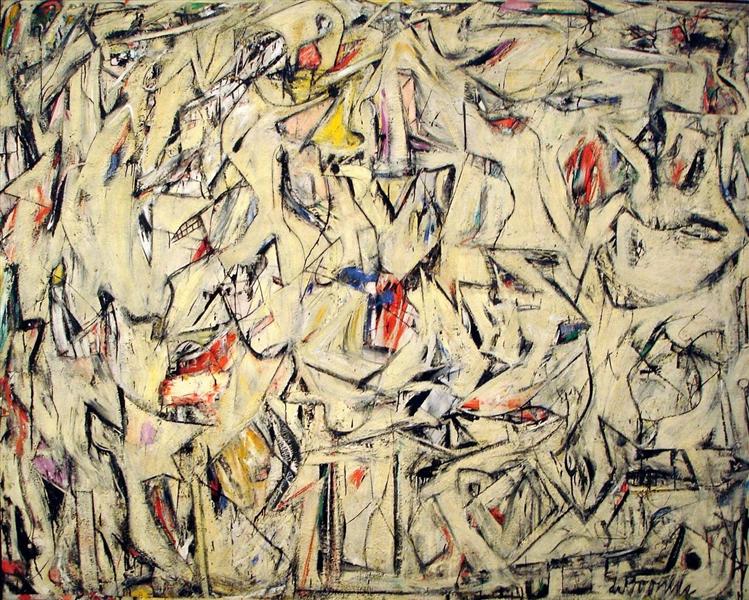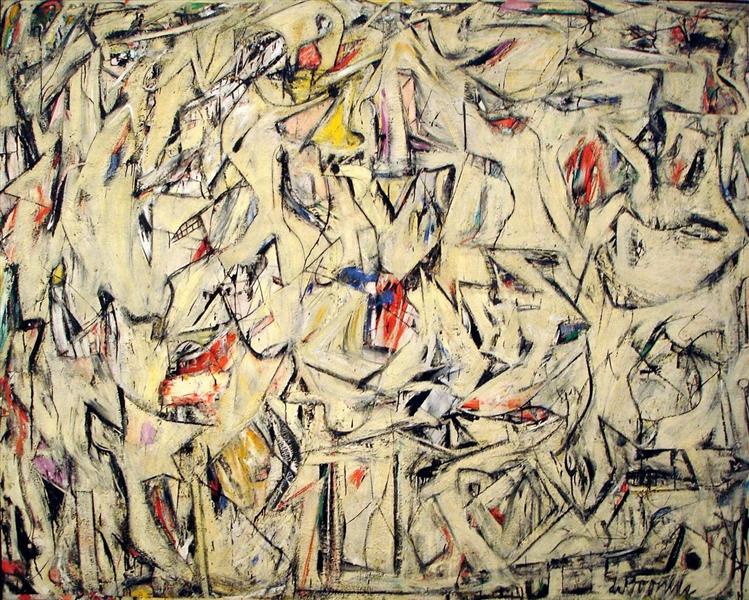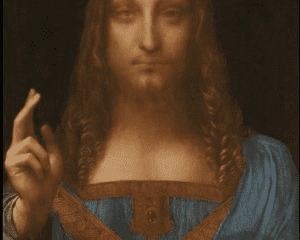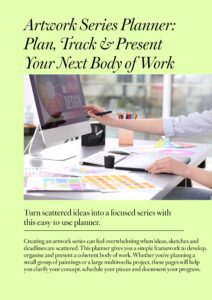Willem de Kooning’s monumental 1950 painting, Excavation, is a landmark of Abstract Expressionism. It’s a sprawling, turbulent canvas that confronts the viewer with a sense of controlled chaos. At first glance, it’s a frenetic tangle of shapes and lines, but to look closer is to begin a visual dig, uncovering layers of colour, form, and raw energy.
Housed at the Art Institute of Chicago, Excavation is not just a painting to be seen, but an environment to be explored—one that represents a pivotal moment for one of the 20th century’s most important artists.

Excavation by Willem de Kooning
A Monument of Human Scale 
When de Kooning completed Excavation, it was the largest painting he had ever created, measuring over eight feet wide. Yet, for all its monumentality, the work is deeply tied to the human body—specifically, the artist’s own. De Kooning saw the canvas as an arena for action, one whose boundaries were defined by his physical presence. As he explained it:
“If I stretch my arms next to the rest of myself and wonder where my fingers are – that is all the space I need as a painter.”
This philosophy is key to understanding Excavation. The vast, complex surface is not an impersonal void, but an intimate space born from the reach of the artist’s arms. The painting’s energy is the direct result of de Kooning’s physical engagement with his materials.
Deconstructing the Canvas: An All-Over Composition 
Excavation embodies the “all-over” style of composition, where no single point on the canvas is the focus. Your eye is not led to a central point but is encouraged to roam, constantly scanning and discovering new interactions between colour and line.
Colour and Line
The canvas is dominated by a palette of dirty whites, creams, and yellows, which are scraped, layered, and worked over, suggesting a space that is both built up and torn down. This frantic field is held together by a skeletal structure of black and grey lines that dart across the surface, outlining shapes that seem to morph and dissolve as you look at them. Buried within this energetic tangle are brilliant flashes of crimson, blue, aqua, and gold, like treasures unearthed during the painting’s creation.
Glimmers of Reality
While overwhelmingly abstract, Excavation is not entirely without reference to the physical world. De Kooning provides subtle anchors that ground the chaotic composition. Along the bottom edge, a faint ground line can be discerned, and near the centre, a rectangular shape suggests a door or a window. These small details create a fascinating tension, pulling the viewer back to a threshold and suggesting a real place—perhaps the artist’s bustling New York studio—within the abstract storm.
The Act of Painting as Subject
The title, Excavation, is a perfect metaphor for both the artist’s process and the viewer’s experience. De Kooning famously worked and reworked his canvases, painting, scraping away, and repainting. The final surface is a record of this intense physical process—an archaeological site where layers of decisions are buried just beneath the surface.
The critic Harold Rosenberg, a champion of Abstract Expressionism, described the painting as “a classical painting, majestic and distant, like a formula wrung out of testing explosives.” This captures the sense that Excavation is the culmination of an intense, almost violent, creative process—a masterpiece that de Kooning had to work his way into before, as Rosenberg put it, “he closed the door behind him.”
Key Facts at a Glance
Artist: Willem de Kooning (1904-1997)
Title: Excavation
Date: 1950
Style: Abstract Expressionism
Genre: Abstract
Dimensions: 206.3 × 255.3 cm (81 1/4 × 100 1/2 in.)
Location: Art Institute of Chicago, Chicago, IL, USA
Experiencing ‘Excavation’ in Chicago
To truly appreciate the power of Excavation, it must be seen in person. Its immense scale and the rich, textural quality of its surface can only be fully experienced standing before it at the Art Institute of Chicago. It remains one of the most important works in the museum’s modern art collection. Before planning your visit, be sure to check the museum’s official website for current hours and gallery information.
Recommend0 recommendationsPublished in Art History, Artworks








Responses